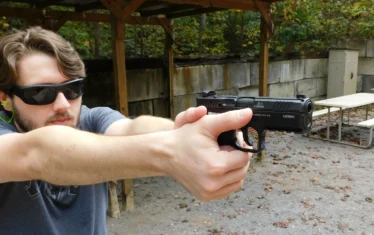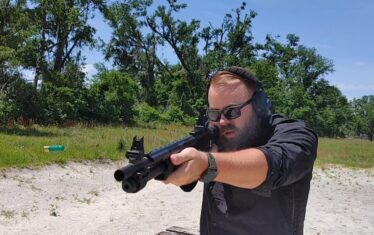Introduced in the early 1990s, the .40 caliber Smith & Wesson quickly became a favorite among law enforcement agencies and citizens. Developed as a middle ground between the 9mm and the .45 ACP, it was designed to provide more stopping power than the 9mm while offering higher magazine capacity than the .45 ACP.
The .40 S&W (Smith & Wesson) cartridge has impressive ballistic performance that combines good penetration with substantial energy transfer. This made it seem like the perfect law enforcement round: a caliber capable of neutralizing threats effectively, without the excessive recoil associated with the .45 ACP.
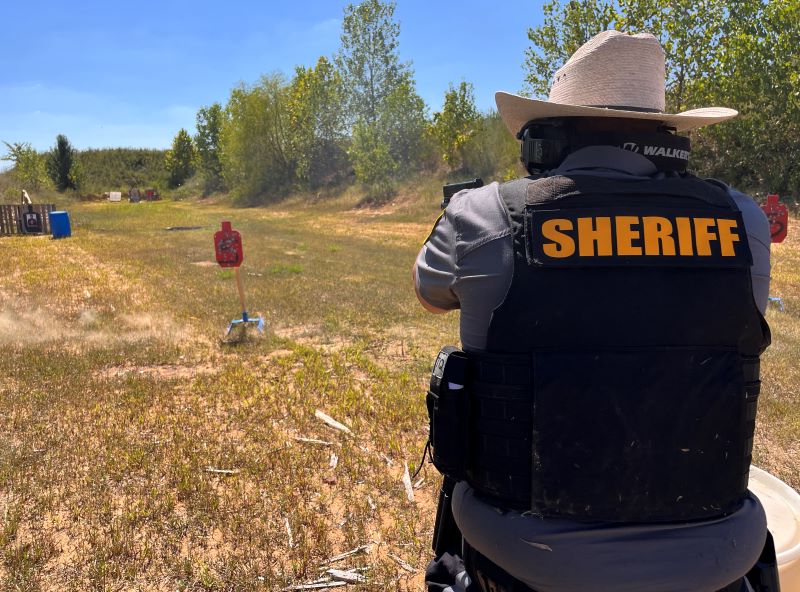
However, the .40 caliber also had its drawbacks. While it doesn’t kick as much as a .45 ACP, it still kicks a great deal more than a 9mm. This makes follow-up shots more challenging to many shooters.
As I mentioned above, it allows for a higher ammo capacity than a .45 but not as high as you get with a 9mm. So, while it’s viewed as a good alternative to both calibers, others see it as a caliber with greater recoil and lackluster ammo capacity.
Over time, agencies started moving away from the .40 S&W in favor of the more popular 9mm round.
Where did the .40 Smith & Wesson come from?
The .40 caliber Smith & Wesson was developed through a collaboration between two giants in the gun industry. Smith & Wesson and the Winchester Ammunition Company both partnered to develop a new cartridge.
This partnership was born out of a need for a more effective cartridge specifically for law enforcement. Multiple events from the 1980’s such as the infamous 1986 FBI Miami Shootout helped fuel this. Development for a better cartridge began in the late 1980s.
Smith & Wesson focused on the creation of a firearm capable of handling the new round, and Winchester concentrated on the cartridge’s design.
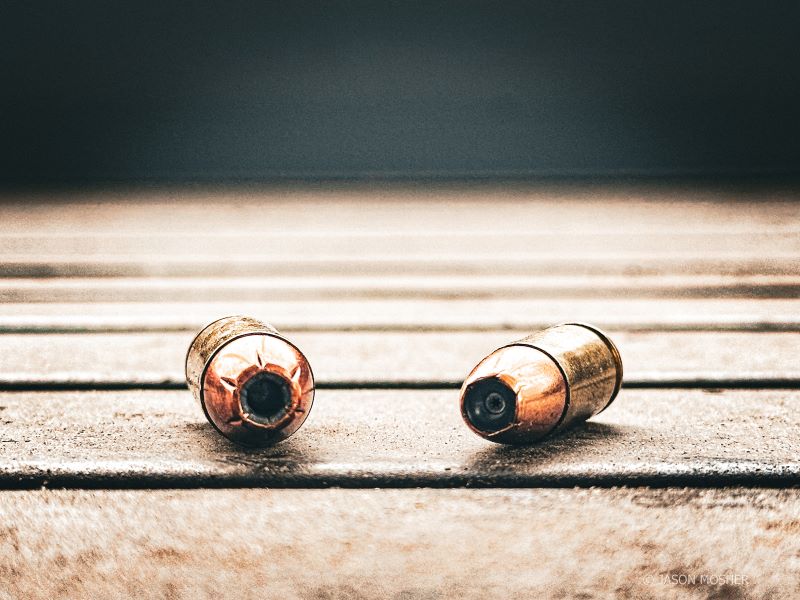
The goal was to create the ultimate cartridge, combining the best attributes of the 10mm, .45, and 9mm. This would include excellent stopping power and a higher capacity than larger rounds provided. After testing and refinement, the .40 S&W was officially introduced in 1990.
The new round featured a bullet diameter of 0.4 inches and was designed to fit in a medium-frame handgun, making it versatile and powerful. Smith & Wesson provided the Model 4006 pistol for the new cartridge. It quickly gained popularity among law enforcement agencies across the United States due to its balance of power, recoil, and capacity.
The initial success of the .40 S&W was bolstered by its adoption by the California Highway Patrol and the FBI. In the law enforcement world, larger agencies tend to lead the way for the rest of the profession. It wasn’t long before many agencies began adopting the new caliber.
Why Law Enforcement Agencies Stopped Using .40 Caliber
Several reasons contributed to the decline of the .40 caliber in law enforcement use.
First, advancements in bullet technology have significantly improved the performance of the 9mm cartridge. Modern 9mm rounds offer greater stopping power, better penetration, and more consistent performance. The lighter recoil of the 9mm also improves officer accuracy, which is crucial in high-stress situations.
Second, cost played a significant role. .40 S&W ammunition is more expensive than 9mm, which is a big factor for both agencies and citizens. Departments faced with tight budgets found it more economical to switch to 9mm.
Lastly, and probably the most important factor, was the FBI’s study which claimed the stopping power was not much different from any of the previous calibers. When you look at the pressure and subsequent kick it gives the shooter, this was a big factor to consider.
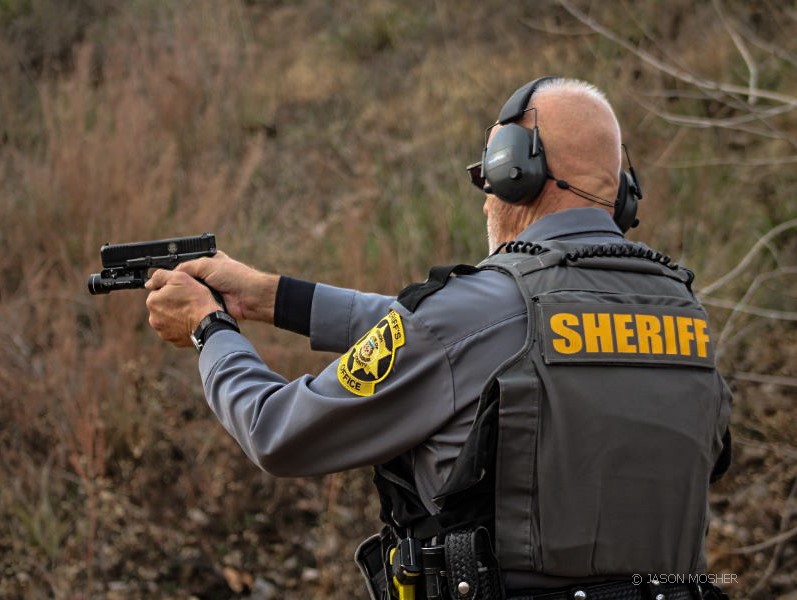
Of course, a 9mm handgun also holds more ammunition than the larger calibers so it became a prime choice. It wasn’t long before a new trend started moving across the country. This trend was to leave the .40 and switch to 9mm.
When the FBI proclaimed the 9mm handgun to be an optimal choice for agents, It didn’t take long for local agencies to follow in their steps.
This change didn’t happen overnight, but over the next decade, many agencies “upgraded” to 9mm handguns. While .40 Smith & Wesson is still used by law enforcement, it is no longer the popular choice of America’s finest.
Preference for 9mm Over .40 Caliber
Many shooters, both in law enforcement and civilian sectors, prefer the 9mm over the .40 S&W for various reasons. One primary reason is the 9mm’s reduced recoil. The lighter recoil allows for faster follow-up shots and better overall control. This is critical in defensive situations.
While I enjoy shooting handguns, I never really cared for the .40 S&W because of its recoil, which is worse than that of my .45 ACP 1911’s.
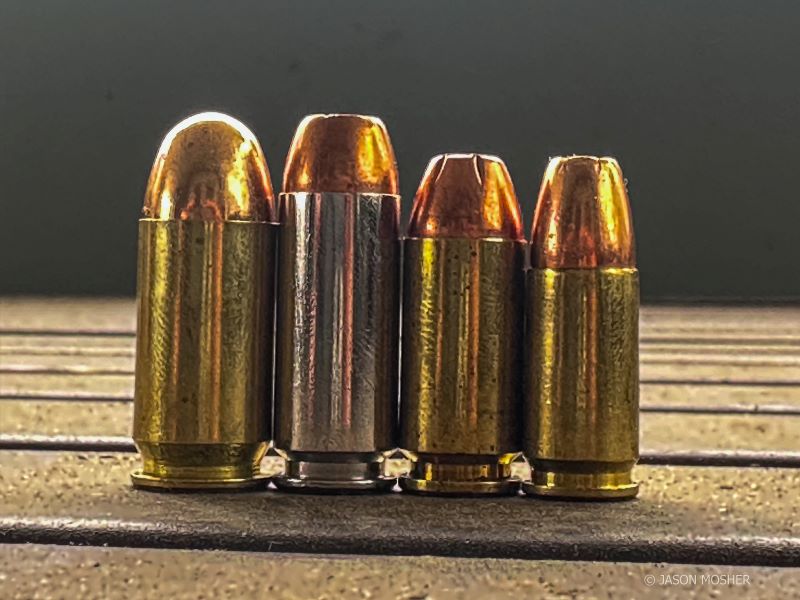
Another reason is that 9mm handguns typically have higher magazine capacities compared to their .40 caliber counterparts. This is one reason I switched years ago from .40 S&W to 9mm. I liked the idea of having more ammunition in my handgun. And of course, the lower price made a difference too.
But cost isn’t all that changed people’s minds. Science played a role in bringing back the 9mm. Advancements in technology have really changed the game in the ammunition world. Defensive rounds are far more effective and reliable today than they were 20 years ago.
Will .40 S&W ever come back?
When I say I “moved on” to 9mm, I’m not bashing .40 S&W. It’s an effective round that many still use today. But everyone ends up making a choice at some point.
I carried a .40 caliber Glock at work for years. But as I collected multiple calibers of handguns over the years, I just never got that excited to shoot any of my .40 caliber handguns.
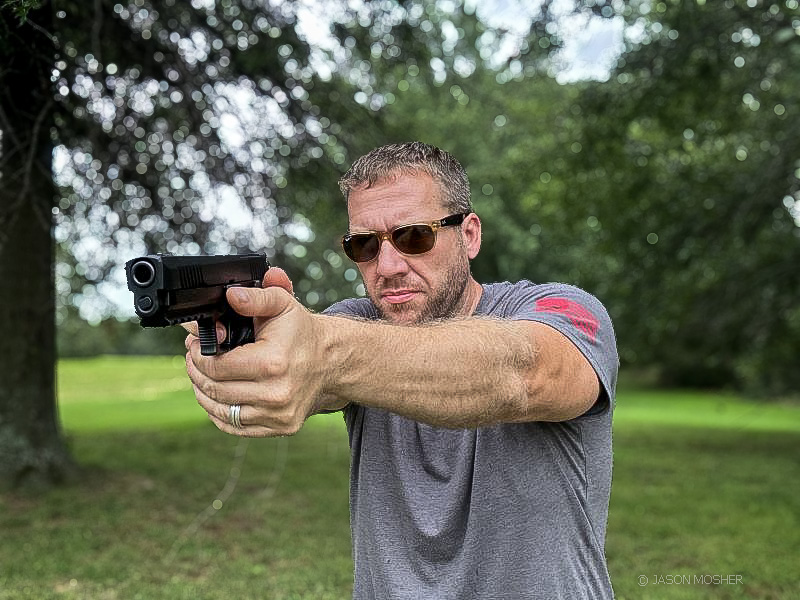
There are all kinds of reasons why people choose the caliber of their preference. After being involved in multiple incidents involving firearms (at work), I decided I wanted those extra rounds in my handgun.
I also started switching to 9mm at home because it’s an effective round that is cheaper to train with. Once my agency jumped from .40 to 9mm, I completely left .40 behind.
Others continue to use it and there’s nothing wrong with that. In the end, we all have our favorites. The .40 S&W is just not one of mine.
It’s possible the fading cartridge could be revived someday, much like the 10mm is seeing now. But only time will tell if that happens. Until then, the .40 S&W appears to be fading further into the background as gun owners continue to choose other options.







